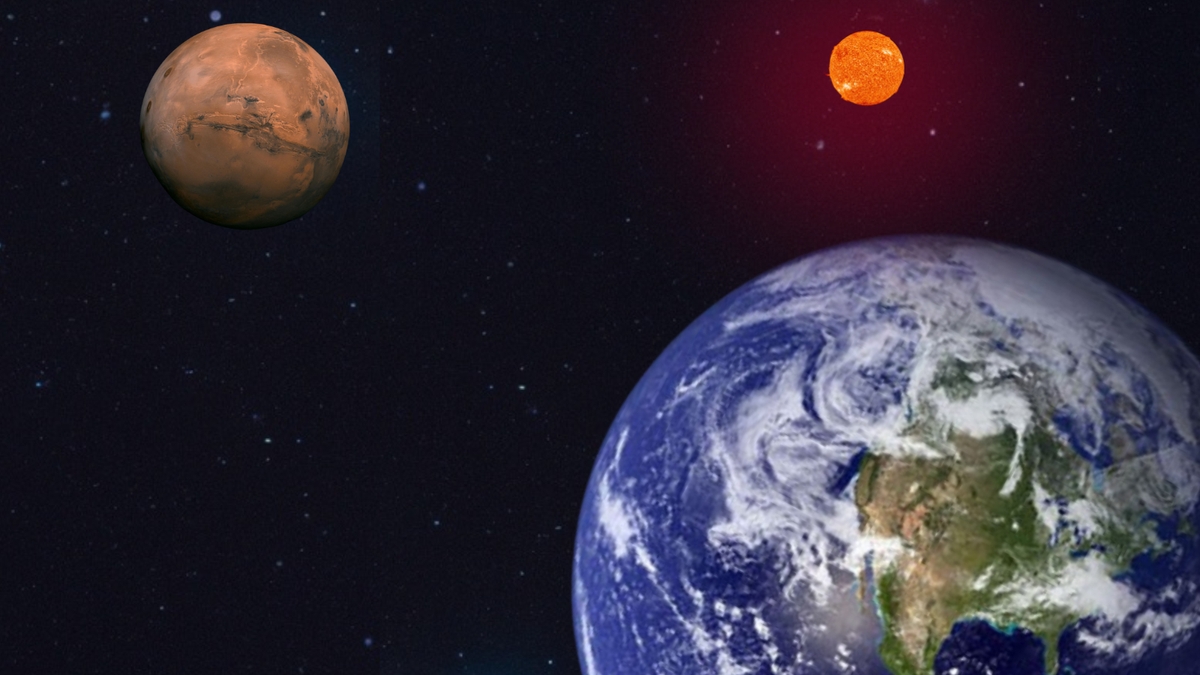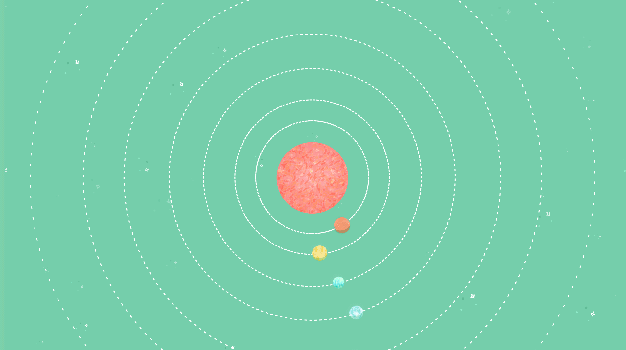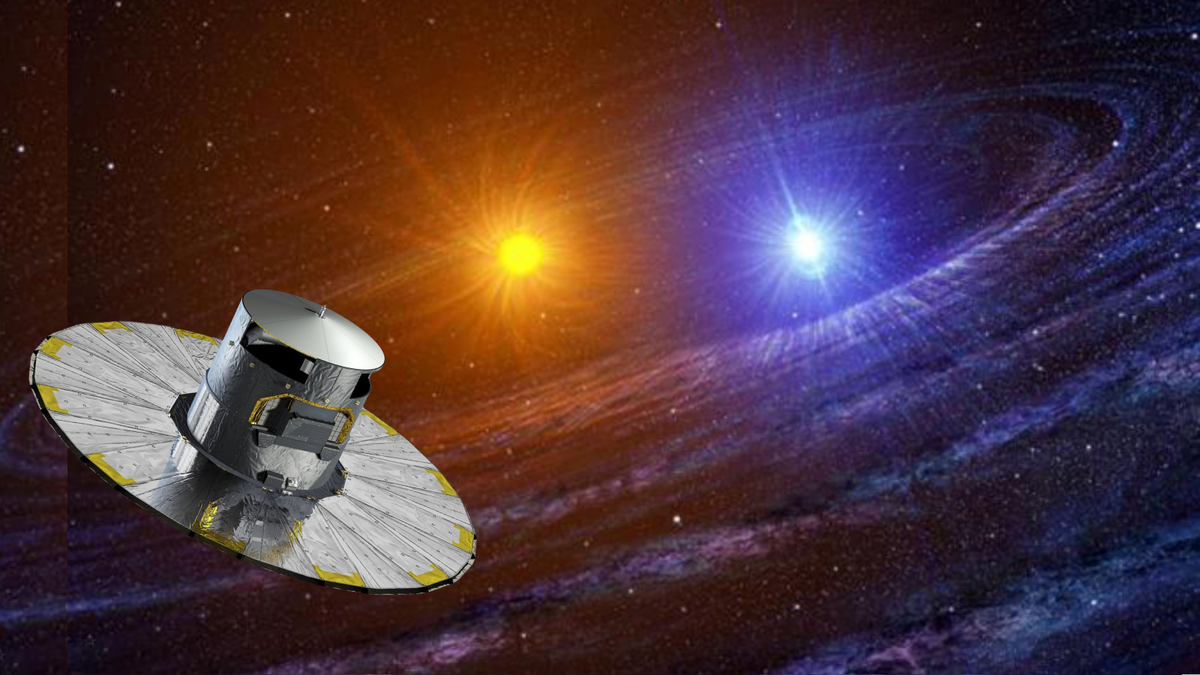Comparison of Sony and Canon Full-Frame Mirrorless Cameras
Making the decision to transition to a full-frame camera system is not to be taken lightly, as it often entails investing in a complete set of lenses in addition to the camera body. Selecting the right brand is crucial to avoid potential regret in the future. In this analysis, we will examine the smallest full-frame cameras from Sony and Canon, comparing their specifications and providing insights from our hands-on experience. Whether you are a first-time full-frame camera buyer debating between the Canon EOS R8 and the Sony A7C II, this comprehensive guide aims to assist you in making an informed decision.
Specifications Overview
Here is a side-by-side comparison of key specifications of the Canon EOS R8 and the Sony A7C II:
- Canon EOS R8
- Date first released: April 2023
- RRP on release: $1499
- Sensor type: Full frame CMOS
- Megapixels: 24.2MP
- ISO range: 100 – 102,400 (expandable to 50 – 204,800)
- Image stabilization: None
- AF points: 105
- LCD screen size/resolution: 3-inch, fully articulated, 1,620,000 dots
- EVF resolution: 2,360,000 dots
- Slowest shutter speed: 30 sec
- Continuous drive speed: Up to 6FPS
- Video resolution: 4K 60p uncropped
- Card slots: Single UHS-II SD slot
- Weather sealed: Yes
- Battery life (CIPA): 220 shots with EVF / 370 shots with LCD screen
- Weight: 0.91 lbs / 414g
- Dimensions: 5.24 x 3.39 x 2.76-inches / 133 x 86 x 70mm
- Sony A7C II
- Date first released: September 2023
- RRP on release: $2200
- Sensor type: Full frame BSI-CMOS
- Megapixels: 33MP
- ISO range: 100 – 51,200 (expandable to 50 – 204800)
- Image stabilization: 7 stops
- AF points: 759
- LCD screen size/resolution: 3-inch, fully articulated, 1,036,800 dots
- EVF resolution: 2,359,296 dots
- Slowest shutter speed: 30 sec
- Continuous drive speed: Up to 10FPS
- Video resolution: 4K 30p, 4K 60p cropped
- Card slots: Single UHS-II SD slot
- Weather sealed: Yes
- Battery life (CIPA): 510 shots with EVF / 540 shots with LCD screen
- Weight: 1.13 lbs / 514g
- Dimensions: 4.88 x 2.8 x 2.48-inches / 124 x 71 x 63mm
Key Similarities
Despite differences, several key similarities exist between the Canon EOS R8 and the Sony A7C II:
- Both models are relatively new, with the Canon being slightly older.
- They have similar extended ISO ranges.
- Both feature weather sealing and a single card slot.
- Approximate EVF resolutions are comparable, with the Canon boasting a more detailed LCD screen.
Key Differences
Distinct differences set the Canon EOS R8 and Sony A7C II apart:
- Pricing varies, with the Sony being more expensive but offering additional features.
- Sony utilizes a back-illuminated sensor, unlike Canon.
- Sony offers higher megapixels, while Canon excels in astrophotography due to lower noise levels.
- Sony features 7 stops of image stabilization compared to Canon’s lack of stabilization.
- Sony has a significantly longer battery life.
- Canon is lighter, while Sony is more compact.
- Canon shoots 4K 60p uncropped, while Sony’s 4K 60p is cropped.
- Canon boasts superior autofocus performance in low-light conditions.
Reasons to Consider Canon EOS R8
The Canon EOS R8 showcases exceptional high-ISO handling, making it ideal for astrophotography. With minimal noise levels even at higher ISOs, this camera is highly regarded in our astrophotography guide. Despite lacking image stabilization, the Canon EOS R8 offers outstanding autofocus capabilities, particularly in difficult lighting conditions. Furthermore, its competitive pricing relative to the Sony A7C II positions it as a compelling choice for photographers seeking high performance without breaking the bank.
Reasons to Consider Sony A7C II
While the Sony A7C II comes at a premium price, its advanced features justify the investment. Notably, the camera’s intuitive handling, AI-powered autofocus system, and superior image stabilization present substantial benefits to photographers. With extended battery life and enhanced ergonomics, the Sony A7C II excels in versatility and performance across diverse shooting scenarios.
Overall, both cameras offer impressive capabilities, catering to different photographer preferences and shooting styles. The decision between the Canon EOS R8 and Sony A7C II ultimately hinges on individual priorities, budget constraints, and specific photographic requirements. Each camera excels in distinct areas, providing users with a range of options to elevate their photography experiences.
Image/Photo credit: source url





